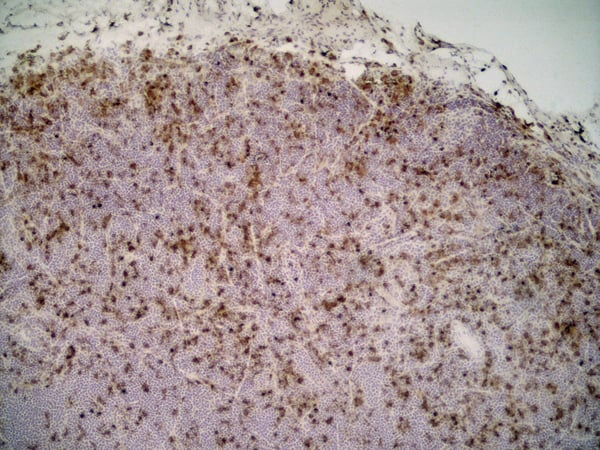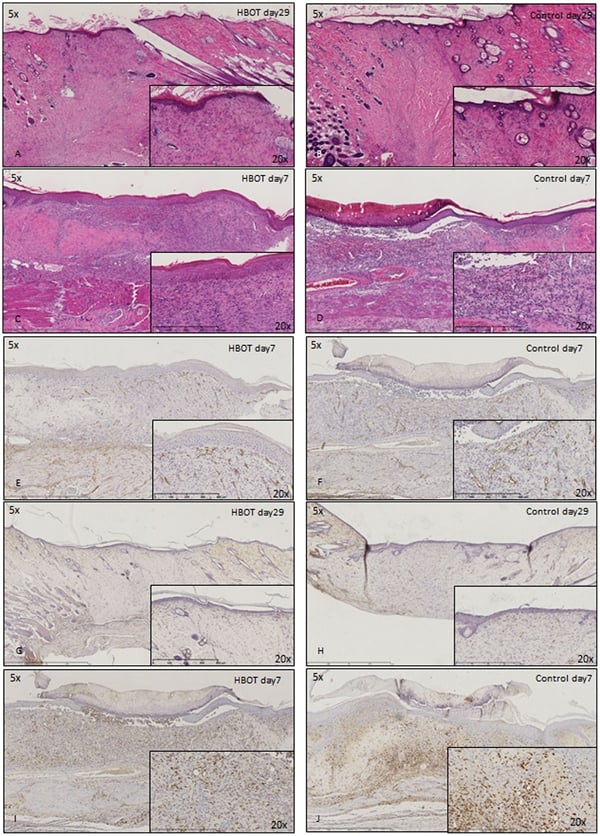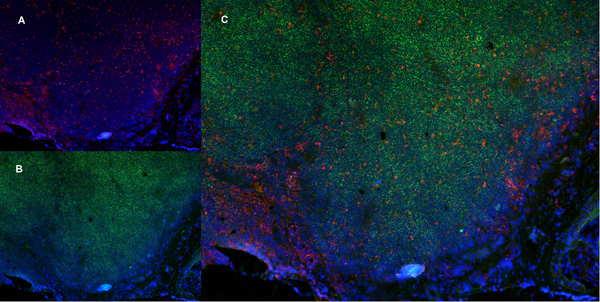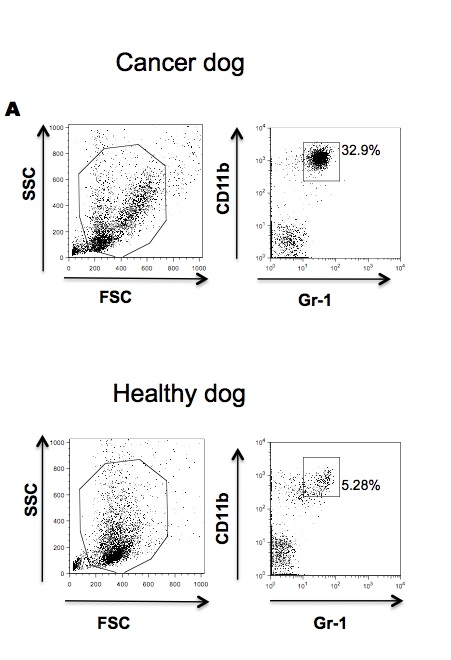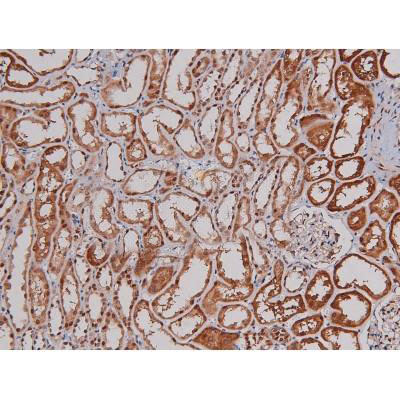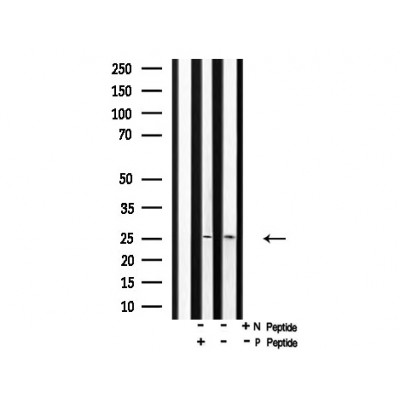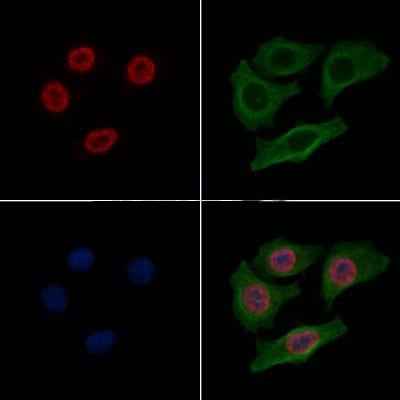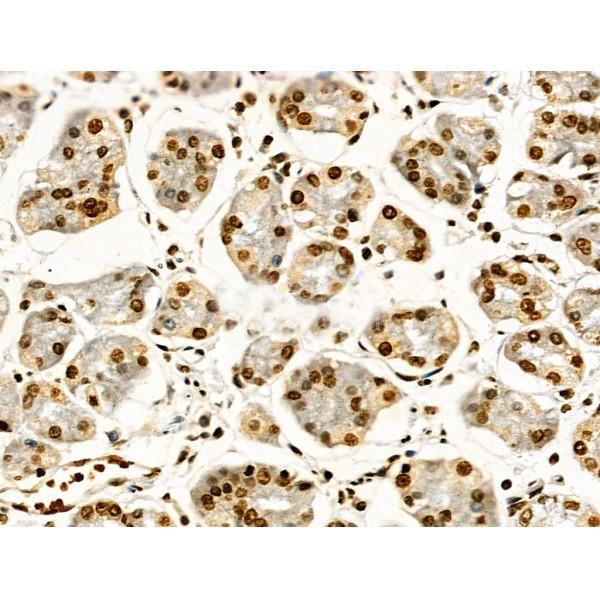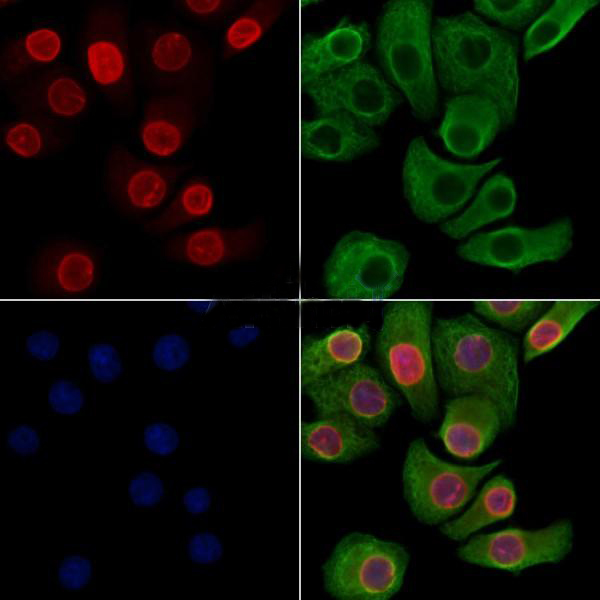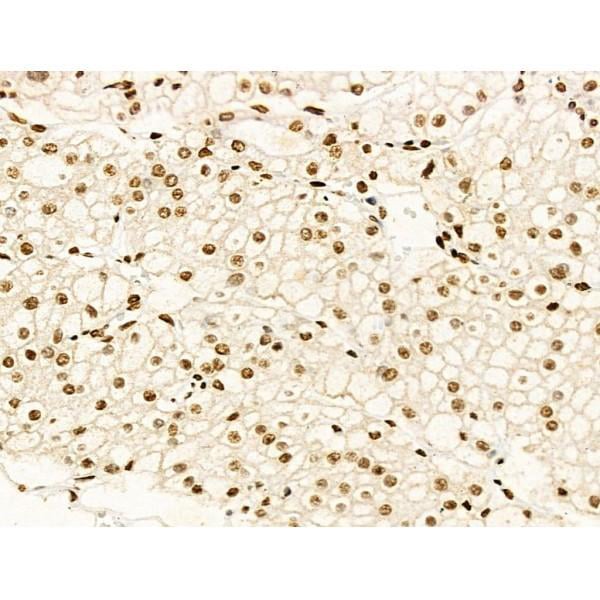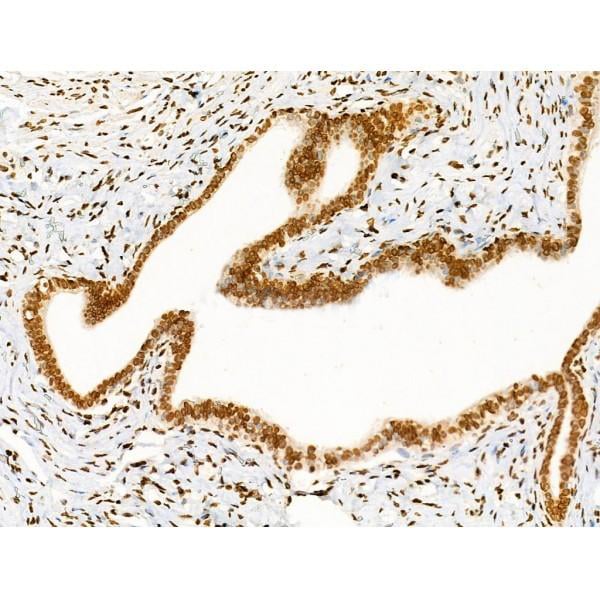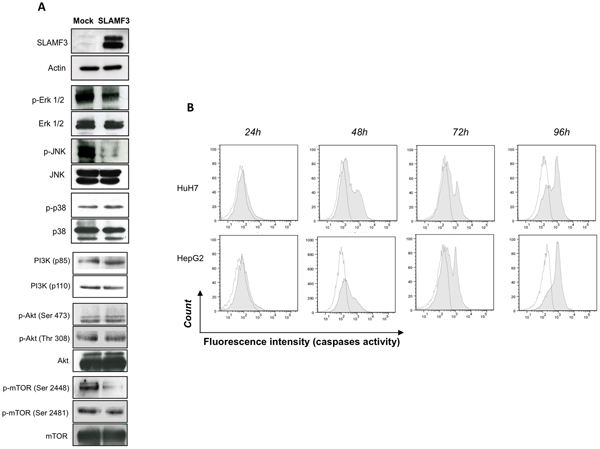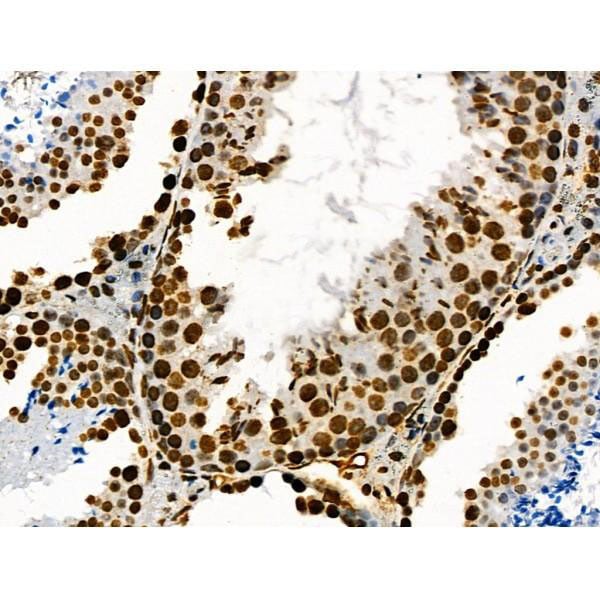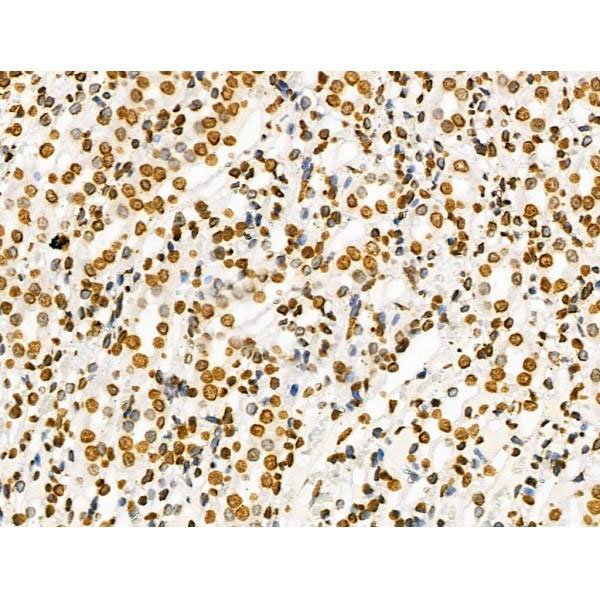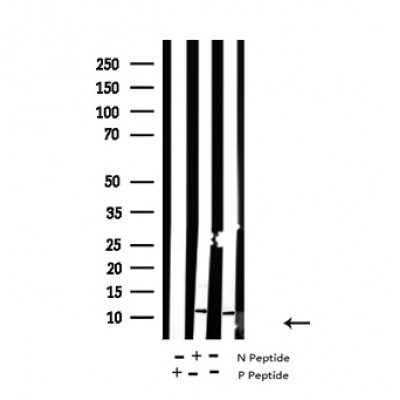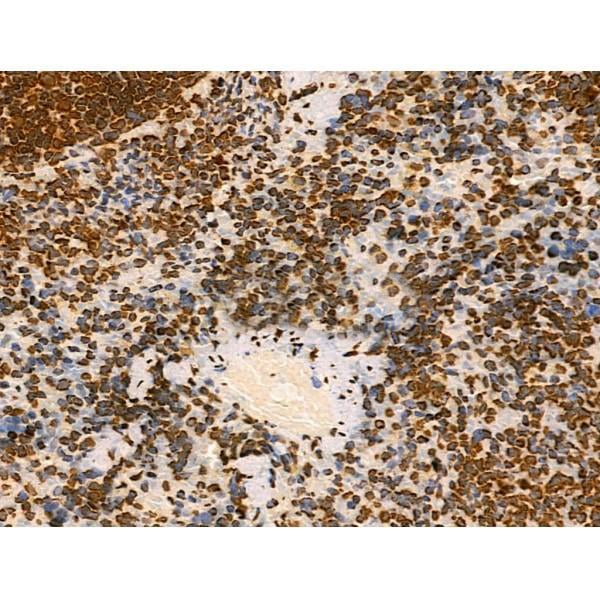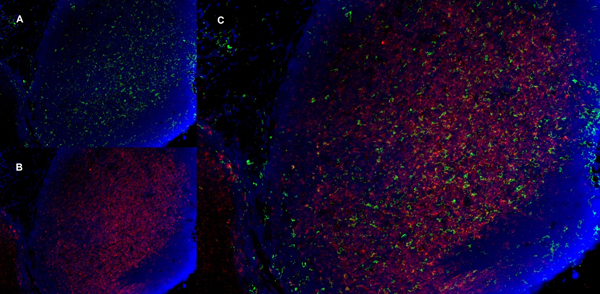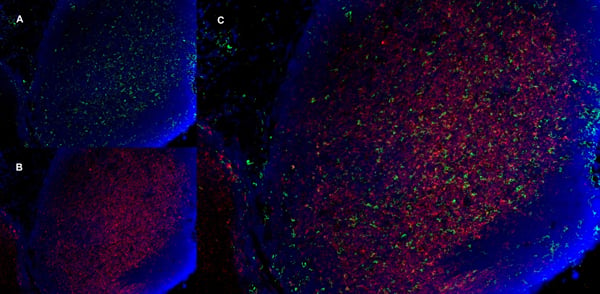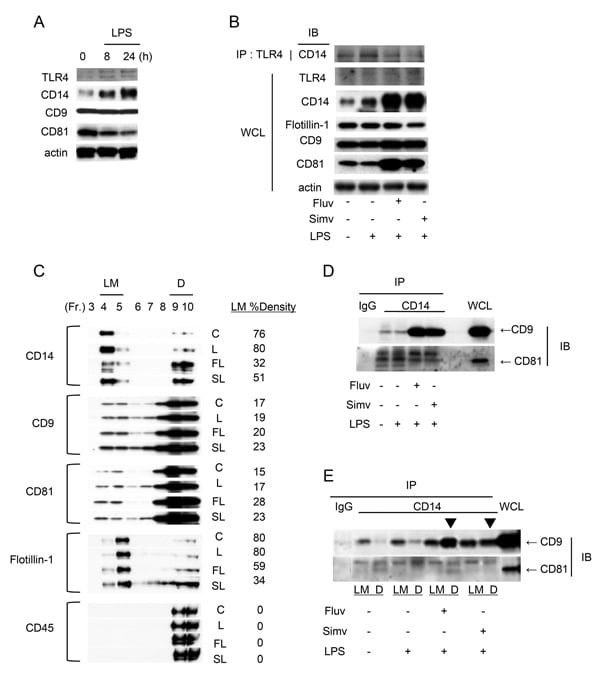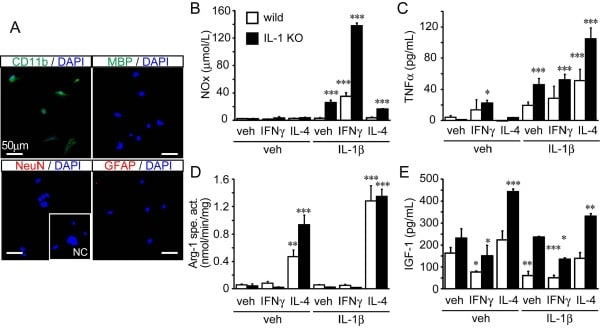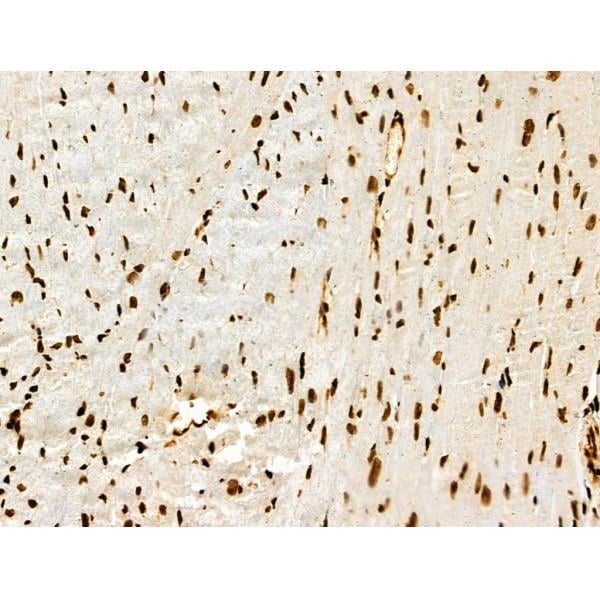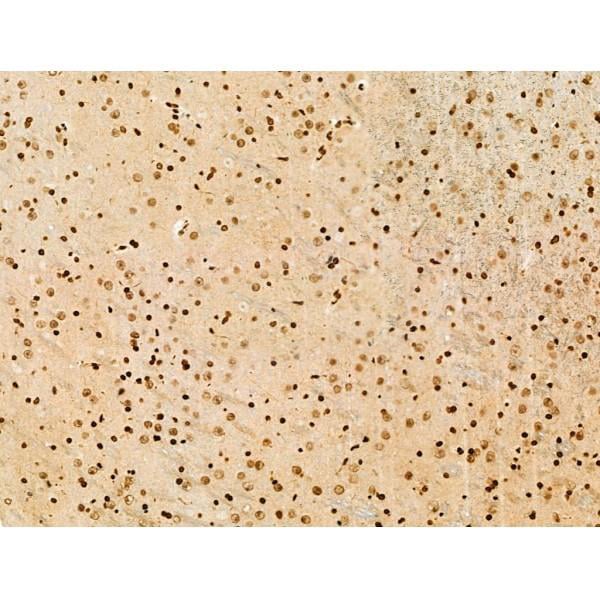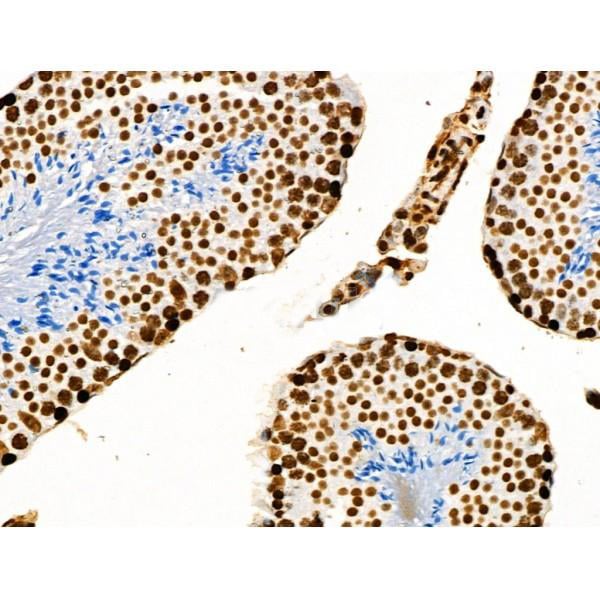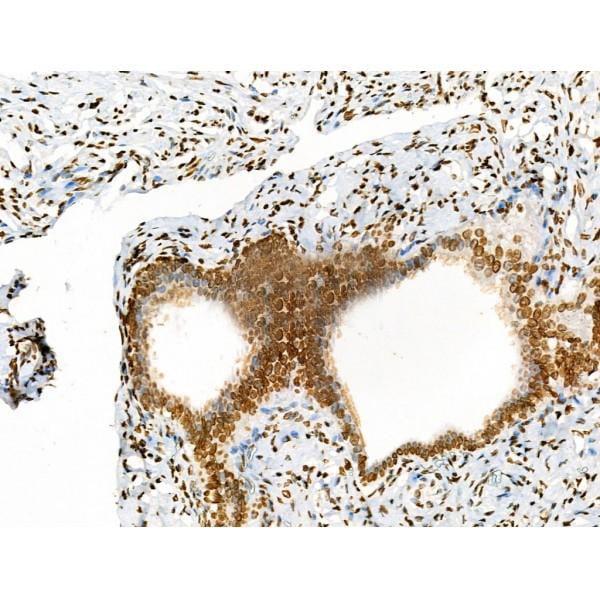Filters
Clonality
Type
Reactivity
Gene Name
Isotype
Host
Application
Clone
542 results for " D" - showing 500-542
CD68, Monoclonal Antibody (Cat# AAA12151)
LSM2, Polyclonal Antibody (Cat# AAA19316)
CD68, Monoclonal Antibody (Cat# AAA12150)
CD206, Monoclonal Antibody (Cat# AAA12120)
CD206, Monoclonal Antibody (Cat# AAA12117)
Histone H2B, Polyclonal Antibody (Cat# AAA31351)
CD68, Monoclonal Antibody (Cat# AAA12147)
CD206, Monoclonal Antibody (Cat# AAA12121)
CD206, Monoclonal Antibody (Cat# AAA12119)
CD206, Monoclonal Antibody (Cat# AAA12124)
CD68, Monoclonal Antibody (Cat# AAA12149)
CD11b, Monoclonal Antibody (Cat# AAA12092)
p27 Kip1, Polyclonal Antibody (Cat# AAA31387)
Predicted Reactivity: Bovine (89%), Sheep (89%), Rabbit (100%), Dog (100%), Chicken (89%)
p27 Kip1, Polyclonal Antibody (Cat# AAA31388)
Predicted Reactivity: Bovine (100%), Sheep (100%), Rabbit (100%), Dog (100%)
H2B, Polyclonal Antibody (Cat# AAA31349)
Lamin A/C, Polyclonal Antibody (Cat# AAA31378)
Lamin A/C, Polyclonal Antibody (Cat# AAA31309)
H2B, Polyclonal Antibody (Cat# AAA31348)
CD335, Monoclonal Antibody (Cat# AAA12251)
CD49d, Monoclonal Antibody (Cat# AAA12003)
Histone H4, Polyclonal Antibody (Cat# AAA31350)
Predicted Reactivity: Chicken (100%), Xenopus (100%)
CD229, Monoclonal Antibody (Cat# AAA11951)
histone H4, Polyclonal Antibody (Cat# AAA31295)
Histone H4, Polyclonal Antibody (Cat# AAA31346)
Predicted Reactivity: Chicken (100%), Xenopus (100%)
CD49d, Monoclonal Antibody (Cat# AAA12002)
CD335, Monoclonal Antibody (Cat# AAA12253)
Histone H2A, Polyclonal Antibody (Cat# AAA31347)
CD11b, Monoclonal Antibody (Cat# AAA12181)
CD11b, Monoclonal Antibody (Cat# AAA12231)
CD81, Monoclonal Antibody (Cat# AAA12097)
EGFR, Polyclonal Antibody (Cat# AAA31399)
Predicted Reactivity: Pig (100%), Bovine (100%), Sheep (100%), Rabbit (100%)
CD11b, Monoclonal Antibody (Cat# AAA12184)
CD81, Monoclonal Antibody (Cat# AAA11941)
CD11b, Monoclonal Antibody (Cat# AAA12186)
Histone H3, Polyclonal Antibody (Cat# AAA31322)
CD11b, Monoclonal Antibody (Cat# AAA12182)
CD11b, Monoclonal Antibody (Cat# AAA12183)
CD11b, Monoclonal Antibody (Cat# AAA12185)
CD163, Monoclonal Antibody (Cat# AAA12100)
Histone H3, Polyclonal Antibody (Cat# AAA31356)
Predicted Reactivity: Bovine (100%)
Histone H3, Polyclonal Antibody (Cat# AAA31345)
Predicted Reactivity: Bovine (100%)





